101. Which among the following is the main constituent of biogas?
(A) Propane
(B) Butane
(C) Ethane
(D) Methane
(E) None of the above/More than one of the above
Show Answer/Hide
102. Which among the following would cause the bright red colour due to bursting of crackers?
(A) Sodium
(B) Sulphur
(C) Magnesium
(D) Strontium
(E) None of the above/More than one of the above
Show Answer/Hide
103. What are salt-loving plants called?
(A) Mesophytes
(B) Glycophytes
(C) Halophytes
(D) Xerophytes
(E) None of the above/More than one of the above
Show Answer/Hide
104. Fungi are plants that lack
(A) carbon dioxide
(B) chlorophyll
(C) sunlight
(D) oxygen
(E) None of the above/More than one of the above
Show Answer/Hide
105. Pollination is best defined as
(A) germination of pollen grains
(B) growth of pollen tube in ovule
(C) visiting flowers by insects
(D) transfer of pollen grain from anther to stigma
(E) None of the above/More than one of the above
Show Answer/Hide
106. Plants receive their nutrients mainly from
(A) atmosphere
(B) light
(C) soil
(D) chlorophyll
(E) None of the above/More than one of the above
Show Answer/Hide
107. Pine, Fir, Spruce, Cedar, Larch and Cypress are the famous timber-yielding plants of which several also occur widely in the hilly regions of India. All these belong to
(A) gymnosperm
(B) monocotyledons
(C) dicotyledons
(D) angiosperm
(E) None of the above/More than one of the above
Show Answer/Hide
108. From the following pairs, find the one which is correctly matched.
(A) Tuberculosis – ATS
(B) Tetanus – BCG
(C) Malaria – Chloroquine
(D) Scurvy – Thiamine
(E) None of the above/More than one of the above
Show Answer/Hide
109. The animal without red blood cells is
(A) carthworm
(B) snake
(C) peacock
(D) frog
(E) None of the above/More than one of the above
Show Answer/Hide
110. The ultimate substance to which the carbohydrates are degraded, is
(A) glycerol
(B) glucose
(C) maltose
(D) amino acid
(E) None of the above/More than one of the above
Show Answer/Hide
111. Most of the enzymes are
(A) lipids
(B) acids
(C) alkalis
(D) proteins
(E) None of the above/More than one of the above
Show Answer/Hide
112. Who was the first scientist/doctor, who attempted vaccination?
(A) Robert Koch
(B) Elie Metchnikoff
(C) Edward Jenner
(D) Joseph Lister
(E) None of the above/More than one of the above
Show Answer/Hide
113. The working principle of a washing machine is
(A) diffusion
(B) centrifugation
(C) dialysis
(D) reverse osmosis
(E) None of the above/More than one of the above
Show Answer/Hide
114. The speed of light will be minimum while passing through
(A) vacuum
(B) air
(C) glass
(D) water
(E) None of the above/More than one of the above
Show Answer/Hide
115. Which of the following is not a vector quantity?
(A) Velocity
(B) Torque
(C) Displacement
(D) Speed
(E) None of the above/More than one of the above
Show Answer/Hide
116. If the spinning speed of the earth increases, then the weight of the body at the equator will
(A) decrease
(B) remain same
(C) be doubled
(D) increase
(E) None of the above/More than one of the above
Show Answer/Hide
117. Who is the first person to define
(A) Newton
(B) Kepler
(C) Ptolemy
(D) Galileo
(E) None of the above/More than one of the above
Show Answer/Hide
118. What is the law in which under the same conditions of temperature and pressure, equal volumes of all gases contain equal numbers of molecules?
(A) Graham’s law
(B) Pascal’s law
(C) Avogadro’s law
(D) Coriolis effect
(E) None of the above/More than one of the above
Show Answer/Hide
119. The ‘theory of relativity’ is presented by which scientist?
(A) Isaac Newton
(B) Stephen Hawking
(C) Marie Curie
(D) Albert Einstein
(E) None of the above/More than one of the above
Show Answer/Hide
120. Due to temperature variation along a conductor, potential variation occurs along it. This phenomenon is known as
(A) Joule effect
(B) Seebeck effect
(C) Peltier effect
(D) Thomson effect
(E) None of the above/More than one of the above
Show Answer/Hide

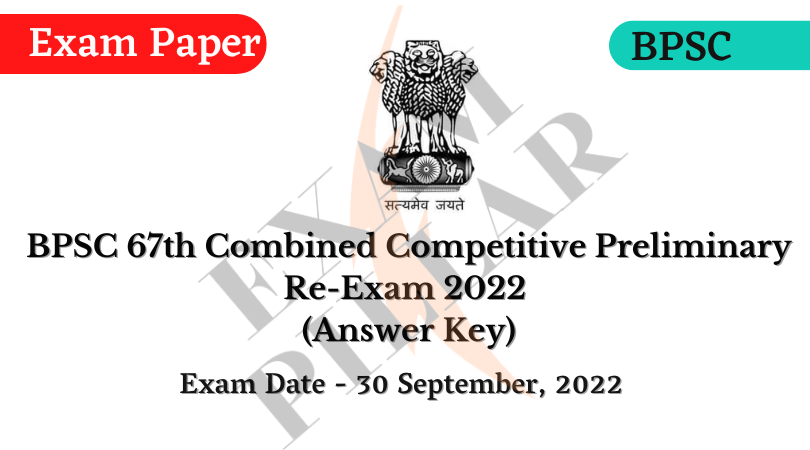
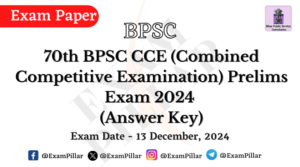

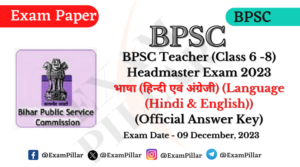
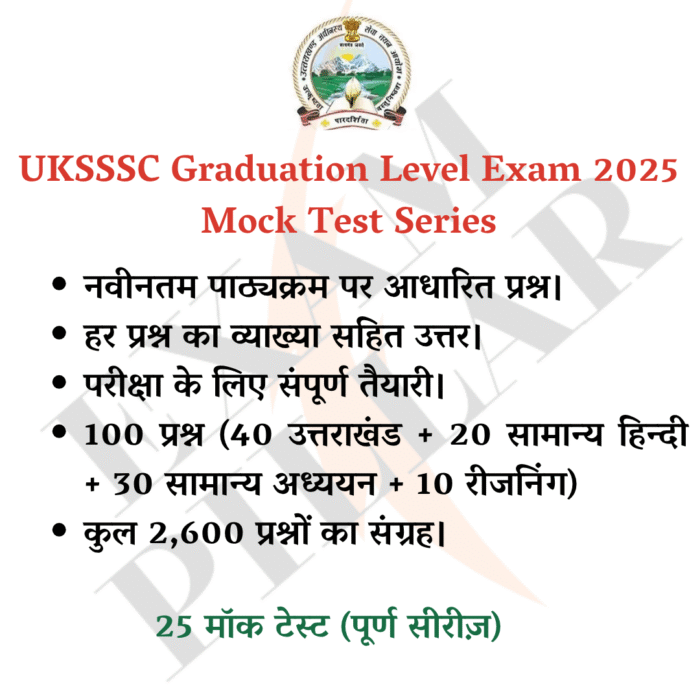

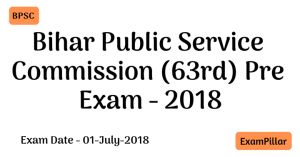
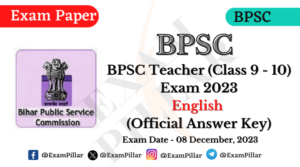
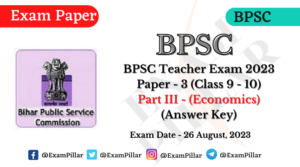
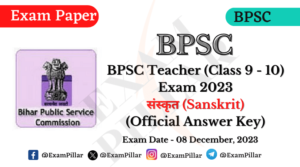
Thank you for answer